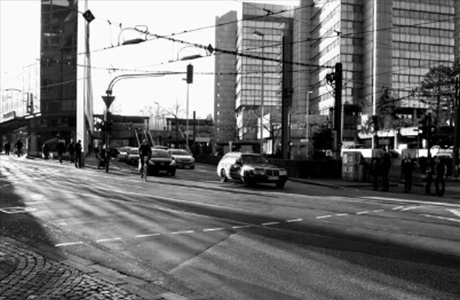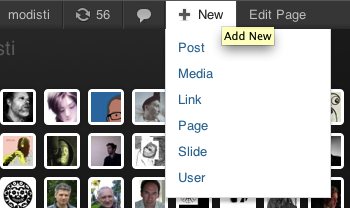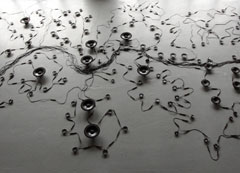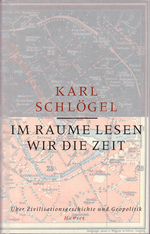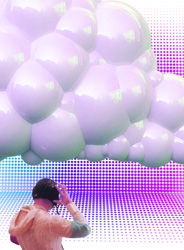Wissenschaftler,
Soundscape-Komponistinnen und Lärm-Aktivisten kämpfen gegen den Krach
von Windfarmen, frönen dem Sound-Tourismus und fragen sich
selbstkritisch: Sind wir in der Wissenschaftswelt total im Off?
Diskussionen und Streitgespräche an einer Konferenz auf dem finnischen
Nationalberg Koli. Eine Sendung von Thomas Burkhalter. Ausgestrahlt am
5.9.2010 im Bayerischen Rundfunk, Zündfunk Generator.
Alle Informationen: norient.com/podcasts/soundscape2010/
Alle Informationen: norient.com/podcasts/soundscape2010/
Related norient articles:
Zwischen Krach und Stille
Die Welt hören – zum Beispiel Lagos
Soundscape-Aktivismus und Komposition
